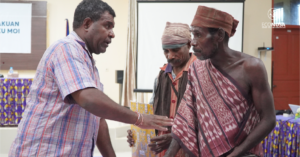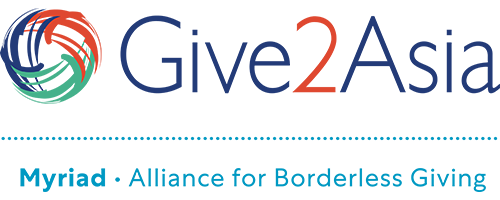
Deforestation remains a serious issue that requires joint efforts from government and all elements in Indonesia. The impact of deforestation is massive ranging from extreme climate change, increasing mass of sea water, which trigger natural disasters such as landslide and flooding.
Various ways could be carried out to bring the deforestation to a halt. Recently there is a new initiative to stop deforestation by applying jurisdictional approach (JA).
WRI Indonesia’s Manager for Social Forestry and Conflict Transformation, Rakhmat Hidayat, said that JA could serve as a new approach which involves many parties in ecosystem management.
“JA could become a new approach that involves many liability parties, transparent and the most important is inclusive. Because almost all processes here are built by involving community and major beneficiaries,” said Rakhmat in a virtual discussion held by EcoNusa entitled “Jurisdictional Approach in Sustainable Forests Resources Management” on Monday (18/01/2021).
As to Rakhmat, we should also believe that the indigenous community could take part in the regional development planning because indigenous community greatly involve in sustainable forest management.
This includes an initiation of social forestry scheme dealing with territorial border, subject and stakeholder supports. Mapping of customary land includes forest natural resources. This also provides input and example of the utilization of forest resources based on customary practice and such a way that community could involve in monitoring forest areas and conflict management.
Head of District Collaborative Forum (LTKL) Gita Syahrani explained the rationale of JA as saying that JA could become a way to stop deforestation. JA has three characteristics, as it is based on administrative area, multistakeholder cooperation with government facilitation, across sectors and commodities. JA should be led by government due to its facilitation role.
“Jurisdictional approach has four main elements. The first is planning document, then legal framework, institution of multistakeholders for joint priority, and the last one is monitoring and evaluation. The driver of those four elements is collaboration,” said Gita.
JA requires active participation of multistakeholder that involve government and community. The community includes farmers and local community, large-scale agrobusiness, civil society, and commodity buyer or consumer.
With active participation from the community and government in natural resources management without excessive natural exploitation, it is expected it will reduce deforestation level in such a way that it will acquire sustainable forests resources management.
The David and Lucile Packard Foundation’s Senior Advisor for Climate and Land Use, Joko Arif, said that there is one thing to understand in JA implementation, namely an entry point.
As to Joko, JA could not come all of sudden and respond to all challenges. For the reason, there are many organizations in JA implementation had an entry point for collaborating with regional government and elements. “Thus, instead of forcing an issue we want to promote as an entry point to regional elements and government, it would be better if we ask about the possible concentration we could help. Without an entry point to regional government and elements it would be hard for JA to enter,” he said.
As to him, an issue promoted to the government might not be acceptable to other party. For the reason, the first thing to do in JA implementation is to check the commitment of regional government for a certain issue. Society organization should comprehend business issue faced by the regional government so as to boost up the JA implementation.
Editor: Leo Wahyudi & V. Arnila Wulandani







